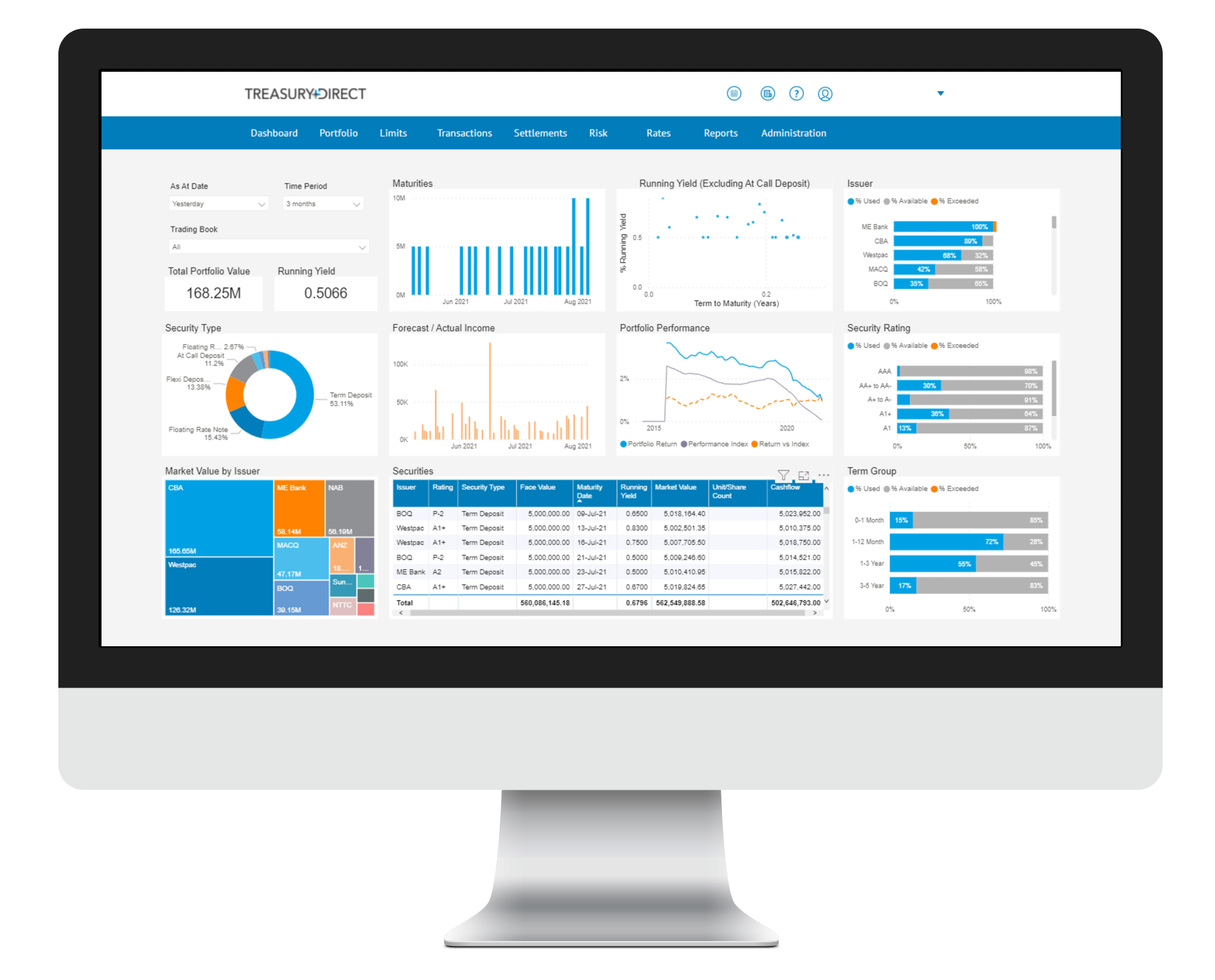Markets Overview
- ASX SPI 200 futures little changed at 8,565.00
- Dow Average up 0.8% to 42,515.09
- Aussie up 0.5% to 0.6522 per US$
- US 10-year yield rose 4.8bps to 4.4462%
- Australia 3-year bond yield rose 5.2 bps to 3.35%
- Australia 10-year bond yield rose 7.8 bps to 4.23%
- Gold spot down 1.4% to $3,385.02
- Brent futures down 1.7% to $72.96/bbl
Economic Events
- 11:00: (AU) Australia to Sell A$300 Million 4.75% 2054 Bonds
Global markets received a jolt in early Asia hours after President Donald Trump called for the evacuation of Tehran, in comments that contrasted with earlier optimism that Israel’s war against Iran wouldn’t escalate into a wider conflict.
US futures fell and oil climbed following Trump’s comments in a social media post from a Group of Seven leaders’ summit in Alberta. It wasn’t clear what he was referring to but hours earlier, Trump had said Iran wanted to make a deal. Oil reversed gains after earlier sliding on signs that the conflict in the Middle East may avoid disrupting crude production.
S&P 500 futures fell 0.3% following the comments. Equity contracts pointed to small gains in Tokyo and Hong Kong, and a flat open in Sydney, after risk-on sentiment returned to Wall Street on Monday and pushed the S&P 500 up about 1%.
There were mixed signs that investors will keep faith in the US economy, as longer-maturity Treasuries continued to lag the market even after a $13 billion sale of 20-year bonds drew the expected yield level — a notable improvement from last month’s auction disappointment that spurred a broad selloff. The dollar was little changed.
Trump earlier said Iran wants to talk about de-escalating the conflict with Israel even as the two sides exchanged fire for the fourth consecutive day. Asked if the US would get more involved militarily, the US leader said he didn’t want to discuss it.
Tehran is signaling it wants to de-escalate hostilities with Israel and is willing to resume nuclear talks with the US as long as Washington doesn’t join the Israeli attacks, the Wall Street Journal reported Monday citing Middle Eastern and European officials it didn’t identify. A similar report by Reuters says Iran conveyed the message through Qatar, Saudi Arabia and Oman.
The outbreak of hostilities between Israel and Iran disrupted the momentum that had driven the S&P 500 back near record levels. While markets initially adopted a cautious, risk-off stance to assess how the conflict might unfold, sentiment improved on Monday as investors speculated the attacks were unlikely to draw in more parties.
“Focus will remain on geopolitical headlines, but as long as the conflict stays limited between Israel and Iran, it’s unlikely to materially impact the markets,” said Tom Essaye at The Sevens Report.
Investors in Asia will be keeping an eye on the Group of Seven summit in Alberta, Canada, where Trump met with Japanese Prime Minister Shigeru Ishiba on Monday. Tokyo is seeking a full removal of tariffs imposed by the US, including a 25% levy hitting crucial auto industry exports. Without a deal, the world’s fourth-largest economy could tip into a technical recession.
The mood in China was boosted on Monday as data showed unexpectedly strong retail sales in May gave the economy some relief from US tariffs. Still, the momentum may not last as deflationary forces persist and a housing market slump shows signs of deepening.
Despite calmer market sentiment in the US, the Middle East remains tense. Israel launched an attack on the South Pars gas field, forcing the halt of a production platform, following strikes on Iran’s nuclear sites and military leadership last week. However, critical crude oil-exporting infrastructure has so far been spared and there’s been no blockage of the vital Strait of Hormuz.
Middle East producers ship about a fifth of the world’s daily output through the narrow waterway, and prices could soar further if Tehran attempts to disrupt shipments through the route.
Tensions in the Middle East will only add to the conundrum that major central banks face as they assess risks to inflation and growth from tariffs and stop-start commerce flows.
Wall Street will mostly focus on the Federal Reserve decision Wednesday, with policymakers signaling an extended hold on rates. Investors will look to Chair Jerome Powell for clues on what might eventually prompt the central bank to make a move, and when.
“He may describe recent inflation developments as encouraging, but also downplay their relevance given uncertainty ahead due to tariffs, fiscal policy, and the recent spike in the oil price due to geopolitical developments,” said David Doyle at Macquarie Group. “On net, the risks to market pricing for 2025 lie in a hawkish direction post the communication.”

